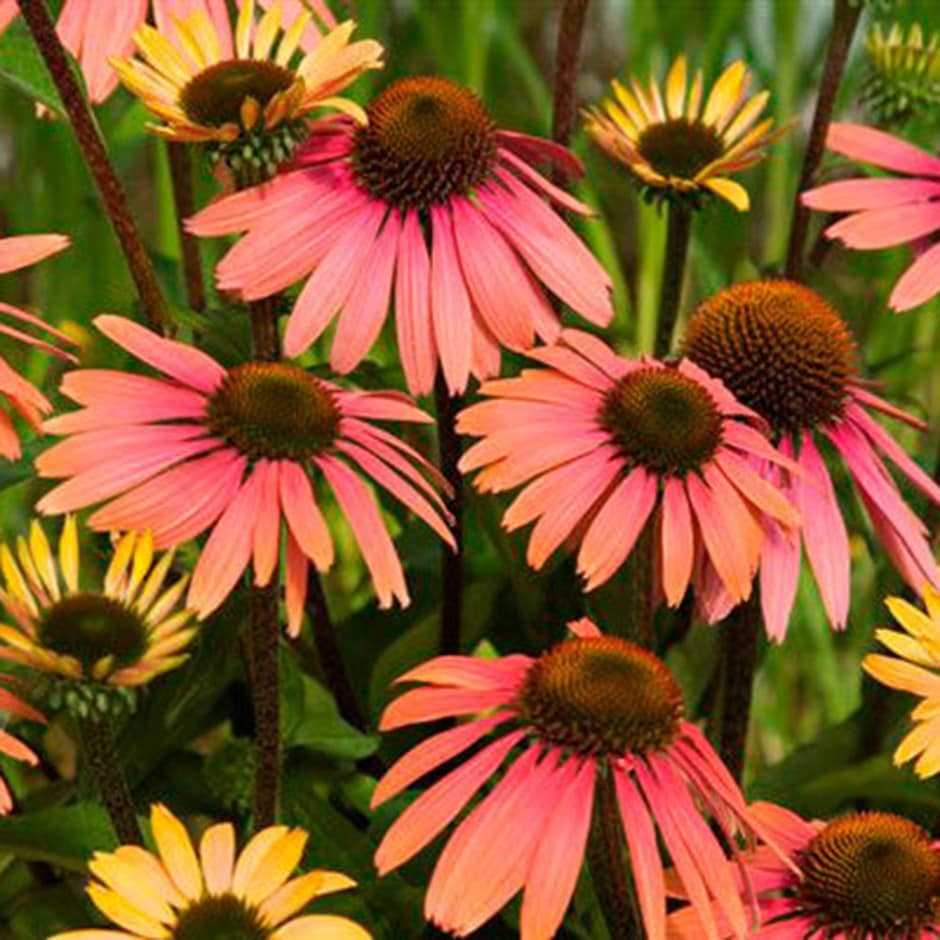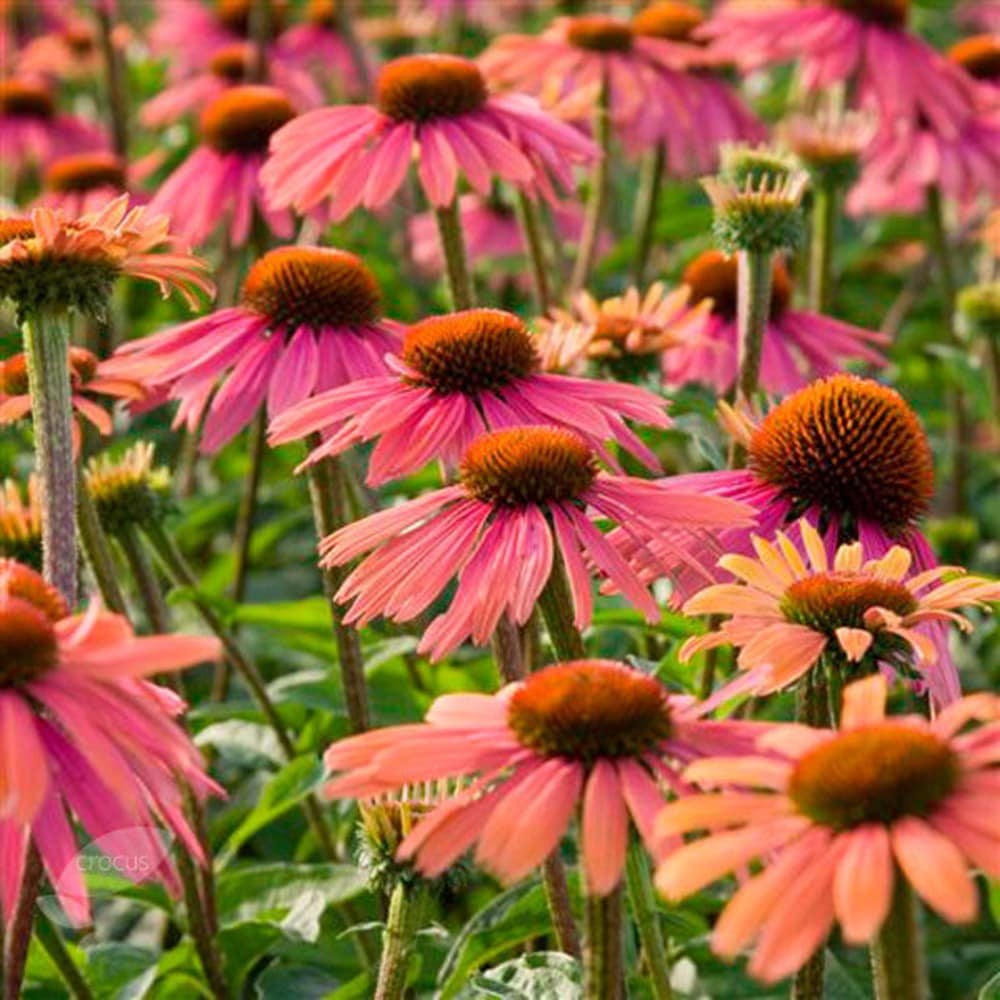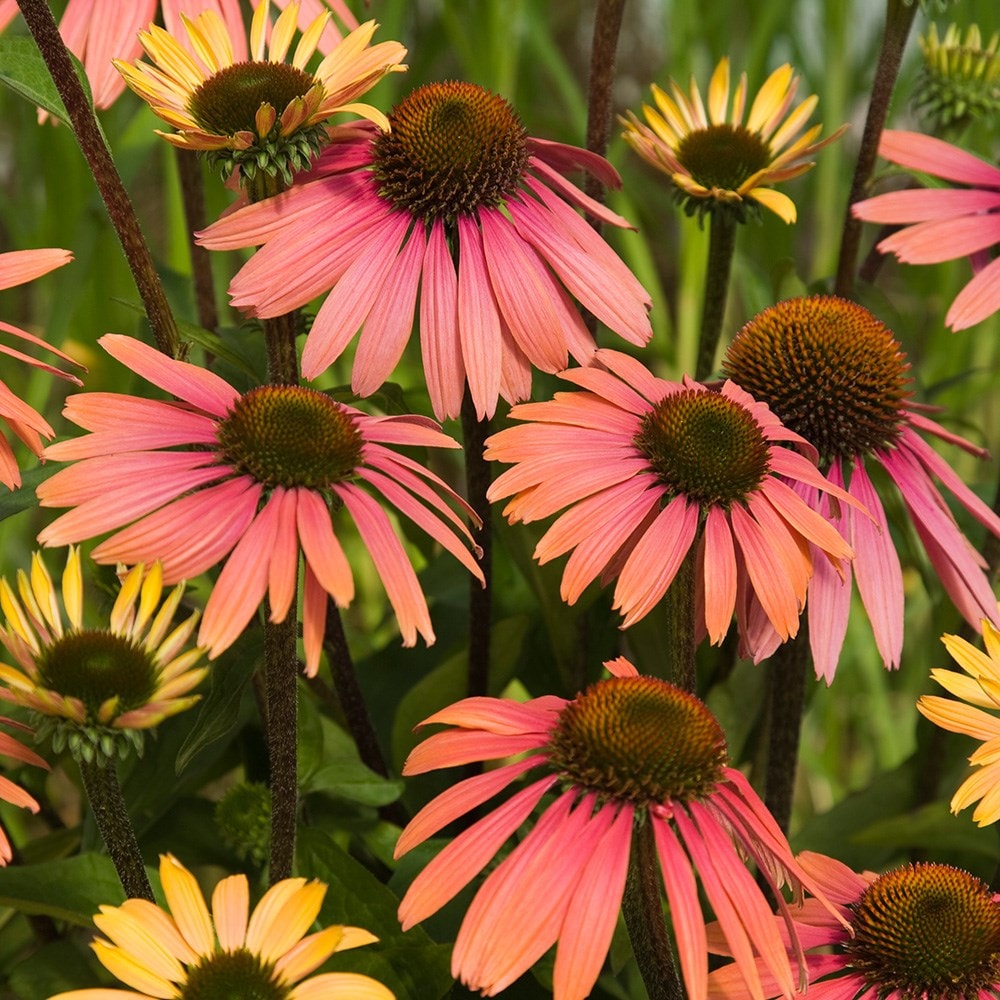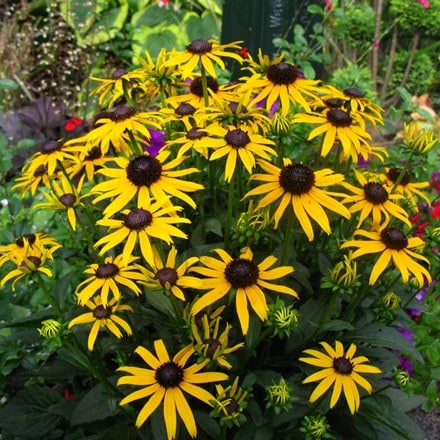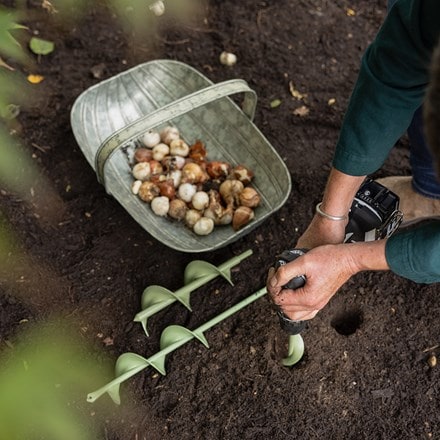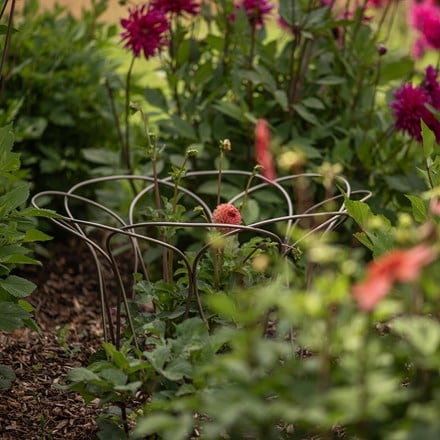Echinacea 'Summer Cocktail' (PBR)
coneflower
- 9cm pot
- £14.99
- In stock (shipped within 2-3 working days)
- 3 × 9cm pots
- £35.99 £12.00 each
- In stock (shipped within 2-3 working days)
- 2 litre pot
- £22.99
- In stock (shipped within 2-3 working days)
Delivery options
- Standard £5.99
- Position: full sun
- Soil: most soils, except very dry or boggy
- Rate of growth: average
- Flowering period: June to September
- Hardiness: fully hardy
A recently introduced compact form that is ideal for pots and containers, as well as mass-planting in a herbaceous border or prairie-style setting.
The single flowers of Echinacea 'Summer Cocktail' appear a sunny shade of orange-yellow and gradually take on a pinkish-salmon hue as they age. This creates a very pretty effect when seen in large numbers. The flowers are fragrant and will attract bees and butterflies into the garden, and make excellent and long-lived additions to the vase.
The single flowers of Echinacea 'Summer Cocktail' appear a sunny shade of orange-yellow and gradually take on a pinkish-salmon hue as they age. This creates a very pretty effect when seen in large numbers. The flowers are fragrant and will attract bees and butterflies into the garden, and make excellent and long-lived additions to the vase.
Plant Echinacea directly into well-prepared borders or larger pots and containers, spacing them at 15-20cm (6-8in) intervals. Water well after planting and while they are in active growth.
The seed heads are attractive, and are a valuable food source for birds during the cooler months, so avoid cutting them back (to just above soil level) until late winter. Over time, it will form larger clumps with more flowering stems, so they can be lifted and divided in autumn or spring to maintain vigour and flowering performance.
Taller cultivars in exposed locations will benefit from staking.
The seed heads are attractive, and are a valuable food source for birds during the cooler months, so avoid cutting them back (to just above soil level) until late winter. Over time, it will form larger clumps with more flowering stems, so they can be lifted and divided in autumn or spring to maintain vigour and flowering performance.
Taller cultivars in exposed locations will benefit from staking.
